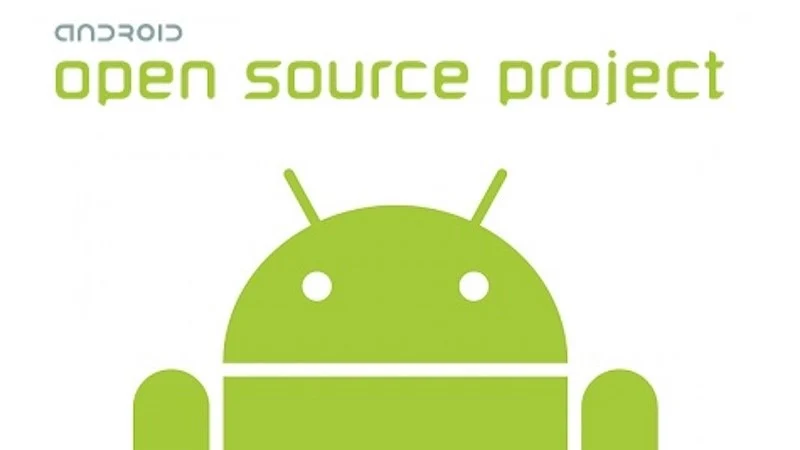Key Takeaways
1. AOSP has provided access to mobile operating system source code for nearly 16 years.
2. Google is merging AOSP development into a private branch, accessible only with a GMS license.
3. The public version of AOSP has become increasingly outdated compared to the private branch.
4. Google aims to streamline its development process with this shift.
5. AOSP will remain open-source, but updates will come after work on the private branch is completed.
The Android Open Source Project (AOSP) has given people access to the source code for one of the top operating systems for mobile gadgets like smartphones and tablets for almost 16 years. But now, Google is making a big change in how this works.
Changing Development Branches
For most of its existence, AOSP development has been managed under two main branches of its documentation: the public one, which is released under Apache 2.0, and a private one that needs a Google Mobile Services (GMS) license to access. Over the past few years, these two branches have started to differ more and more, with the public version often being outdated compared to the private one.
Recently, Google has chosen to officially move all parts of AOSP to the private branch. When Android Authority asked for a comment on this shift, the tech giant from Mountain View said it was done to “streamline its development process.”
Future of AOSP
Google has promised to keep AOSP open-source by continuing to release the source code, but only after finishing work on the private branch. This means that the impact on regular users is expected to be minimal. However, some experts might view this as a sign that custom Android development is coming to an end.
Source:
Link


Leave a Reply